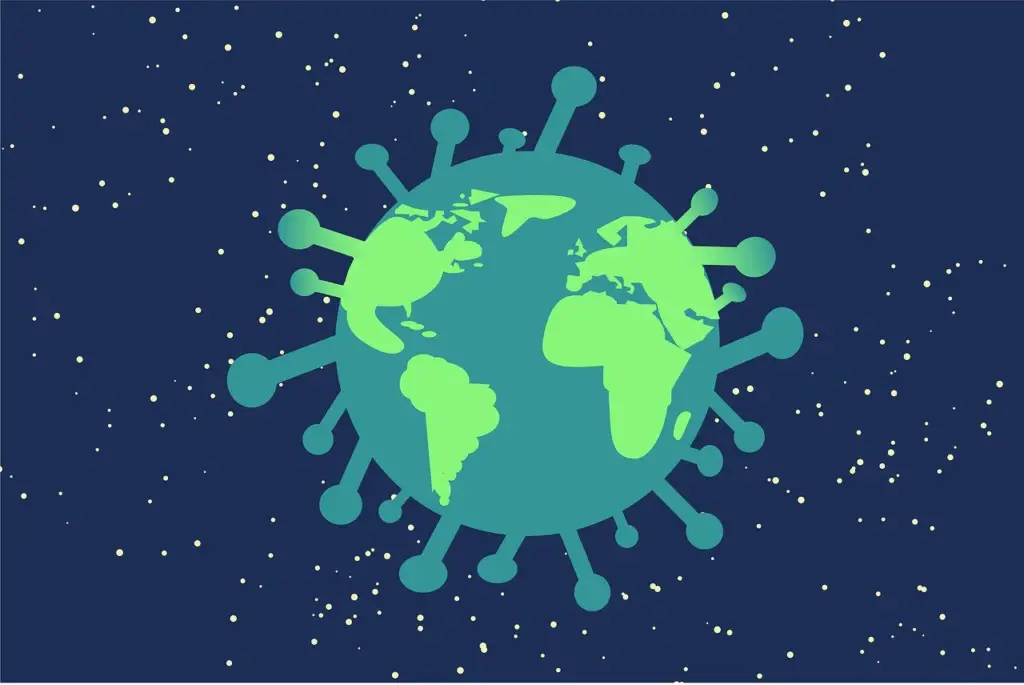
The full extent of COVID-19’s impact on the economy remains to be seen. Governments are finding unthinkable sums of money to help bail out its citizens and businesses, and lockdowns have forced many countries’ high streets to shutter indefinitely. As a result, the stock market has taken an undeniable hit and many believe a recession is inevitable. Even brands that many would consider too big to fail aren’t coming out unscathed, with Coca Cola announcing that they are to cut their marketing spend altogether. Simply put, the future of business has never been less clear.
And while it can’t exactly be said that any industry is doing well during this global pandemic, some are certainly weathering the storm, whether by virtue of the services they provide, or by redirecting their efforts into areas where they are most needed. Here are three sectors who are navigating these uncertain times unexpectedly well.
Linguistics
With so many people in self-isolation or government-mandated lockdown, facilitating communication has never been more important. Facebook reported an increase of over half in the use of its messaging app during March, while a GlobalWebIndex survey saw 45% of respondents admitting to increasing their social media usage.
But even on the front lines of the world’s hospitals, communication companies are in high demand, particularly in relation to linguistics. With patients from all walks of life needing urgent treatment for symptoms of Coronavirus, demand for in-person interpretation may be dwindling to avoid professionals risking infection, but remote interpreters and translators are in high demand. “Most of our clients had their corona policies prepared and translated,” the CEO of one linguistics agency recently told Slator.
And, with brand new tests, ventilator parts, and potential vaccines entering the market at a rapid clip, as London Translations has noted, any incorrect translations of instructions and packaging “could lead to the device being broken, misused, or even cause further medical damage”. As such, accuracy is essential, as the healthcare system simply doesn’t have the infrastructure to deal with the repercussions of these mistakes.
TV and streaming services
Forced self-isolation has ended up being a mixed blessing for media companies. Although viewing figures have sharply risen for all manner of broadcast programming over the course of the crisis, many companies have closed the production of any new shows and films, for obvious safety reasons. However, this has led to networks quickly developing programming which is cheap to make and easy to produce with a skeleton crew. Channel 4, for example, laid out a new slate of programming rooted in self-isolation, with at-home chat shows and cookery programmes being made, and newscasters presenting segments remotely.
Meanwhile, use of streaming services is set to rise by 60% over the course of the pandemic, and if Netflix’s success in garnering new subscribers in countries which were first hit by COVID-19 is anything to go by, that’s a huge monthly income spike for the streaming giant. And the company is also paying it forward, putting £1 million into a Coronavirus fund for film and TV professionals left unable to work during the crisis.
Food delivery services
As restaurants and cafes also find themselves forced to close, money made through delivery has seen an 11.5% increase on this time the previous year. An increasing number of companies are signing up to be carried by Uber Eats or Deliveroo drivers, with over 3000 joining the latter in March alone.
These companies have also introduced contactless deliveries, allowing for those in quarantine to collect their food without risking infecting others. Uber Eats has also removed delivery fees altogether, which has further encouraged people to use their service. Again, this follows the example set by earliest-affected countries, with both China and South Korea’s state-equivalents for food and grocery delivery rising by three times their usual daily installation rates.










